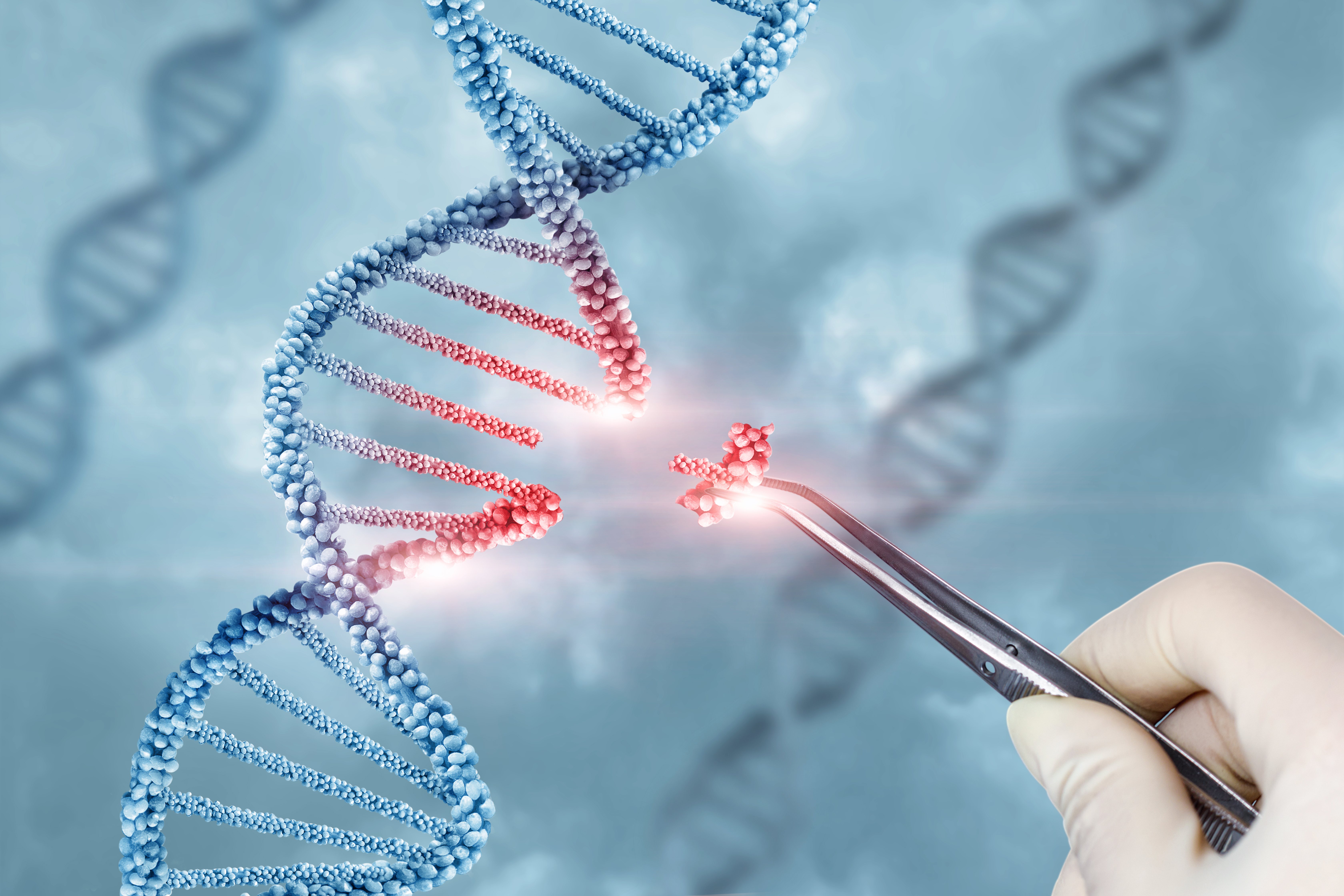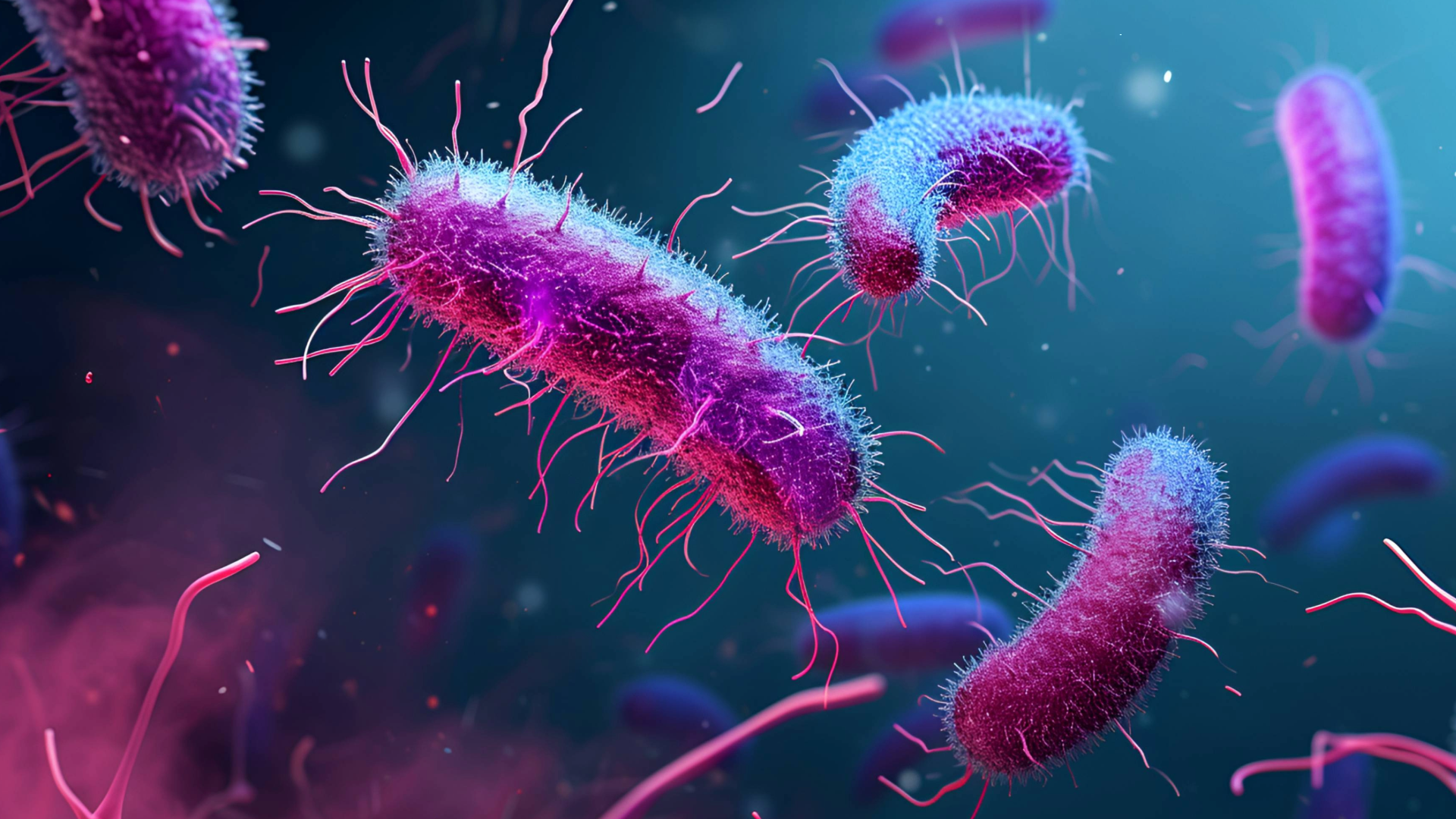
PFAS are toxic pollutants causing health problems globally. There is currently no treatment. Now a Danish startup is producing a probiotic, which it claims, flushes out the toxins via natural processes. CEO Peter Holme Jensen tells Mewburn Ellis about Cambiotics’ approach.
Forward: features are independent pieces written for Mewburn Ellis discussing and celebrating the best of innovation and exploration from the scientific and entrepreneurial worlds.
The New York Times recently ran an exposé on the crisis in American agriculture. The headline says it all: ‘Something’s poisoning America’s land. Farmers fear “forever” chemicals.’
The villains of the story are PFAS (per- and polyfluorinated alkyl), a family of more than 10,000 chemicals that don’t occur in nature.
They are used to make products water- or stain-resistant, or heat-proof in non-stick cookware, water-resistant rain jackets, carpets and fast-food packaging. They are remarkably durable, hence the nickname Forever Chemicals.
Exposure is linked to infertility, immune system deficiencies, liver damage, increased cholesterol, thyroid disease, asthma, changes in fetal and child development, and hypertension/preeclampsia in pregnancy.
And they are in the food chain – and therefore human bodies.
In the month before our interview, the Guardian newspaper alone published 11 articles on PFAS, each revealing contamination in the food supply. Eggs, butter, milk, coffee, ketchup, kale, beef, tea, seafood and rice have been shown to contain high levels of PFAS.
In a study by the Environmental Protection Agency at least 60 per cent of the US population is exposed to PFAS in their drinking water. In Europe, 14 per cent of teenagers had unhealthy blood levels.
‘It’s almost impossible to shop your way out of contamination,’ said Sarah Woodbury, vice-president of policy with Maine-based Defend Our Health.
Currently there is no treatment for human contamination. So when Cambiotics, a Danish startup with a method of flushing PFAS from the human body, offered us a tour of their technology, we leapt at the chance.
The danger
‘PFAS are a little like smoking,’ says Peter Holme Jensen, a serial entrepreneur and CEO of Cambiotics. ‘You are not going to die from them, but if you have PFAS in your body, you have a higher likelihood of getting diseases which might kill you. On average life expectancy is something like five to ten years shorter.’
Professions with prolonged exposure are in particular danger. ‘Firefighters use foam which historically has a lot of PFAS. When we test cohorts of firefighters, we find 60 to 80 per cent have elevated levels in their blood and organs, which puts them in the risk zone.’
Turnout gear, including jackets, trousers, boots, gloves and other protective equipment is treated with PFAS. The International Association of Firefighters (IAFF) estimates cancer caused 66% of firefighter deaths from 2002 to 2019, and points to PFAS as a significant reason.

Anna Lindell (Founder), Peter Holme Jensen (CEO), Kiran Patil (Founder)
‘It’s all over,’ says Jensen. ‘You’ll find it in strawberries. It’s in the soil and in the water. We find it in polar bears and in islands where there is no PFAS production.’
And unless something is done, these forever chemicals will be around for, well, not forever, but a long, long time: ‘It takes thousands of years for them to break down. They are called forever chemicals because they are so damn robust. And they’ve been on Earth since the 1940s. PFAS were developed as part of the Manhattan Project. They are actually fantastic. They are cheap and don’t break down. You can make products such as Gore-Tex. It is hard to buy a car or computer or mobile phone without some kind of PFAS coating on some components. They are in Teflon pans, in rainwear. I think it’s hard to live a life without being exposed to PFAS.’
Cambiotics’ solution
Clearly PFAS is dangerous and pervasive. So how is Cambiotics proposing to reduce PFAS levels in humans? The answer, says Jensen, is to take natural processes and augment them.
‘A study at the University of Cambridge by Anna Lindell and Kiran Patil at the MRC Toxicology Unit, who are our two founders, found naturally occuring gut bacteria that seem to absorb PFAS in the intestine. The human then secrets the bacteria through the faeces. Cambiotics produces specific strains of these bacteria. We put them in a capsule as a dry powder. You take the pill as a daily dietary supplement. You swallow, the capsule opens up and the bacteria grow in your intestines. This lowers PFAS levels in the body.’
One strain of bacteria is Streptococcus salivarius. The other is Bacteroides uniformis. ‘They seem to have a transporter mechanism where they transport PFAS from the intestine into the interior of the bacteria, and then encapsulate it. The chemical accumulates in human cells, so there must be a transporter mechanism to get in there.’
It’s a simple, organic, non-invasive method. But does it really work?
‘It is important to say we’ve shown it in the lab, and shown it in mouse studies. But we have not yet shown it in humans. But there is a good likelihood, as we are just elevating the level of bacteria through a supplement.’
In theory, a six-month treatment period could deliver significant reductions. ‘You can test your PFAS to measure your progress,’ says Jensen. Testing companies such as Eurofins, Quest Diagnostics and NMS Labs offer tests to between half a million and a million people a year.
‘There is a method of lowering your PFAS today,’ says Jensen. ‘Breastfeeding. If you are a woman, and you breastfeed, you pass on your PFAS to your child. Or you can donate blood. The last time a blood bank had a sample without PFAS, anywhere in the world, was a blood bank originating from before the Korean War.’ A grim revelation.
The roadmap to market
With the product undergoing tests, the next step is commercial strategy. The company has lots of options.
For example, it might be possible to bioengineer the bacteria to turbo-charge performance, or create a synthetic alternative. ‘It is something we can do,’ says Jensen. ‘But it would not be naturally occurring, and we would need to go through clinical trials and spend half a billion pounds. With a naturally occurring probiotic the risk of side-effects is as low as possible, and it’s not toxic.’
Intellectual property is crucial to the future of Cambiotics. ‘We have a patent application,’ says Jensen. ‘We can’t patent the bacteria, as they are naturally occurring, but we can patent the use of them in a probiotic dietary supplement for a specific purpose. We have also isolated our own proprietary strains. It is also possible to isolate a strain and trade name it. Whatever is published under the trade name belongs to the company, so that is another way of protecting intellectual property. A third method is to look for some PFAS transporters across the cell membranes, which it is also possible to patent. So there are three levels of IP for us to protect.’
Trade secrets are a possible route, but one not being deployed by Cambiotics. ‘We are working with CMOs [contract manufacturing organisations] who may have their own trade secrets. We have decided there’s so much production capacity for CMOs in the probiotic space we’ll use that to get into the market as fast as possible.’
The scale of the market is huge. PFAS is a global problem. The health effects are well documented. So sales forecasts could be spectacular.
‘A person from the US told me a few days ago that this is a zero billion dollar market, which is an expression I like,’ says Jensen. It means the market doesn’t exist today. But the market opportunity is billions.’
Cambiotics is increasing production of the active ingredients over the next year. Full launch in the US market is scheduled for the second half of 2026. ‘In the US we can put the product on sale with the data we have. In the EU we need to do human food clinical trials first. This means it will take us 12 to 18 months longer.’
The company is in safe hands with Jensen. He was brought in as CEO for his track record in the biotech industry. He founded a number of pharma companies and his previous company, Aquaporin, won the European Patent Office 2014 award for most innovative SME in Europe, and now serves as a judge. He steers the company while Lindell and Patil focus on research.
Growing in the BioInnovation Institute
It’s worth mentioning where Cambiotics has chosen to call home. The BioInnovation Institute, or BII, is a life sciences innovation incubator located in the hipster Nørrebro district in Copenhagen. Funding is provided by Novo Nordisk, the Danish pharma company known for expertise in drugs such as insulin and Ozempic, which has pushed the market value past the half a trillion dollar mark. With Novo’s help, the BII has nurtured 112 startups to date.
Cambiotics has a clear path to market for what could be a game-changing treatment for one of the most serious health problems in the world today.
Firefighters, construction workers, police, and factory workers are being told in study after study they face serious health risks due to their high levels of PFAS. Cambiotics may have the treatment they so badly require.
An elegant natural solution to this pervasive man made problem
Eliot Ward, Partner and Patent Attorney at Mewburn Ellis, comments:
"It is a privilege to work with Peter and the Cambiotics team to help them protect their elegant natural solution to this all pervasive man made problem. We are developing an innovative IP strategy together to support their growth. It is also great to be involved in the scene in and around the BioInnovation Institute in Copenhagen, where we have an office residency. This is the perfect place for exciting start-ups like Cambiotics to thrive."
Written by Charles Orton-Jones
Eliot handles a diverse client portfolio spanning the life sciences sector and a growing practice in the cross-over space between physics and biology. A skilled patent prosecutor, Eliot also has wide experience of drafting patent applications on breakthrough technologies, as well as leading offensive and defensive opposition proceedings post-grant. Eliot is also experienced in handling Freedom to Operate projects and in performing due diligence, which have led to the successful completion of high value transactions and investment rounds.
Email: eliot.ward@mewburn.com
Sign up to our newsletter: Forward - news, insights and features
Our people
Our IP specialists work at all stage of the IP life cycle and provide strategic advice about patent, trade mark and registered designs, as well as any IP-related disputes and legal and commercial requirements.
Our peopleContact Us
We have an easily-accessible office in central London, as well as a number of regional offices throughout the UK and an office in Munich, Germany. We’d love to hear from you, so please get in touch.
Get in touch

